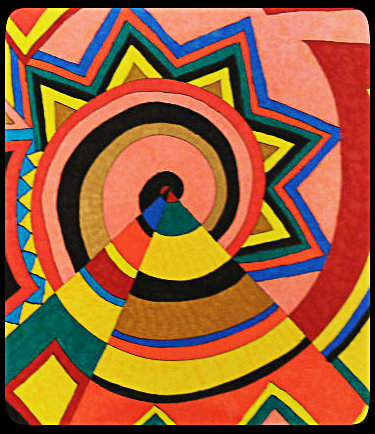Contos de Fadas intimistas: uma análises fílmica de Dublê de Anjo, do diretor Tarsem Singh
Resumen
Resumo: Este estudo reflete sobre os elementos estéticos e estruturais dos contos de fadas tradicionais quando assimilados por linguagens contemporâneas. Nesse sentido, o artigo apresentará uma análise dos traços característicos destes contos, oriundos da tradição oral, identificando-os na narrativa do filme Dublê de anjo, produzido em 2006, pelo diretor Tarsem Singh. Objetivando realizar uma proposta de reflexão sobre o estabelecimento de um possível novo status dos contos de fadas, o estudo tomará como referência para a abordagem os seguintes pesquisadores: Diana Corso, Mário Corso, Alexandre Callari, estudiosos dos contos de fadas e de suas adaptações e releituras; Vera Teixeira Aguiar pesquisadora da linguagem verbal e não verbal que forneceu os subsídios para, nos limites deste trabalho, compreender a linguagem cinematográfica. Para melhor compreensão e organização da análise, estruturamos o corpus textual em três seções: contextualização dos contos de fadas; as releituras e adaptações dos contos e fadas na contemporaneidade; análise fílmica de Dublê de anjo, do diretor Tarsem Singh. Neste estudo, podemos inferir que a obra ficcional de Tarsen Singh oportuniza o questionamento sobre a aplicação intertextual do gênero conto de fadas para a construção de narrativas contemporâneas, reconfigurando a caracterização dos personagens, mas se valendo da mesma base narrativa.
Palavras-chave: Contos de fadas. Dublê de anjo. Linguagens contemporâneas.
Abstract: This study reflects about the structural and aesthetic elements of traditional fairy tales when assimilated by contemporary languages. In this sense, the article will present an analysis of the characteristics of these tales, derived from the oral tradition, identifying them in the narrative of the film Dublê de Anjo, produced in 2006, by director Tarsem Singh. Aiming to make a proposal for a reflection on the possible establishment of a new status of fairy tales, the study shall refer to address the following researchers: Diana Corso, Mário Corso, Alexandre Callari, scholars of fairy tales and their retellings and adaptations; Vera Teixeira Aguiar researcher of verbal and nonverbal provided subsidies for within the limits of this work, understand the language film. For better understanding and analysis of the organization, structure the textual corpus into three sections: Contextualization of fairy tales; the retellings and adaptations of fairy tales in the contemporary; film analysis of Dublê de Anjo, by director Tarsem Singh. In this study, we can infer that the fictional work of Tarsen Singh favors the questioning about the intertextual application of the fairy tale genre for building contemporary narratives, reconfiguring the characterization of the characters, but making use of the same basic narrative.



